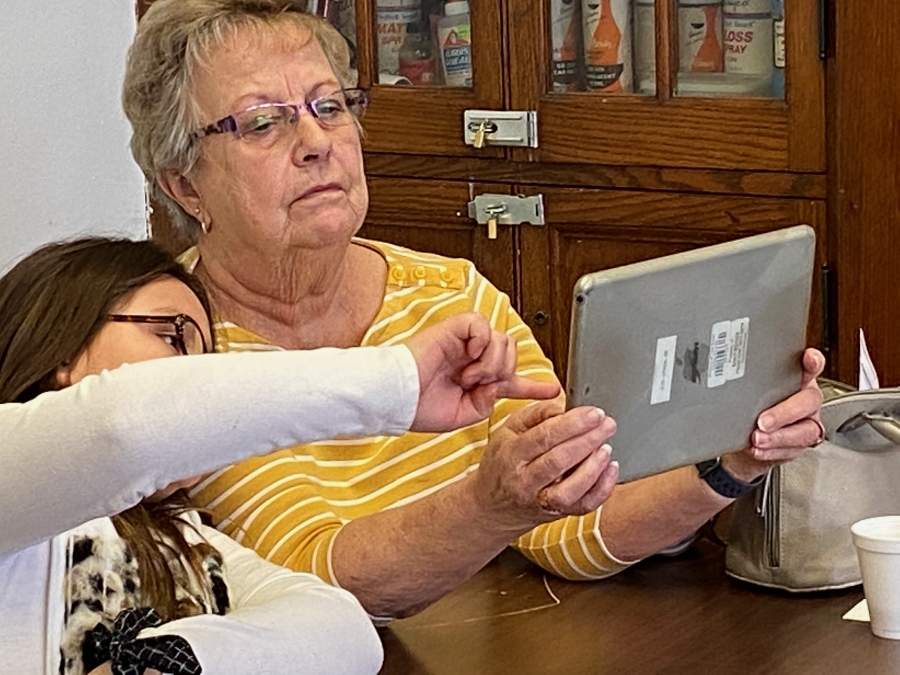Digital citizenship has become a broad term that means different things to different people. To us at the Digital Citizenship Institute, we view digital citizenship as an action, something that we need to practice and do every single day. In today's interconnected world, this is our opportunity to put global education into practice to empower others to become change makers for using technology for good in local, global and digital communities.
Be Balanced
Digital citizenship is about the importance of prioritizing our time on and offline. Make sure you unplug, go outside and reconnect with nature, learn a new hobby, and most importantly, take care of your mental health. As part of Mental Health Awareness Month, we hosted a global panel to share how we can make a DigCitIMPACT on Mental Health.
Other ideas to help us balance include reevaluating our relationship with technology. Take time to create or update your family tech contract to ensure we have scheduled offline experiences. We can also take this time to explore the wording of current tech policies at schools and work too. Are these policies written as a list of don’t statements? How can we start to redefine these policies to better reflect a more blended approach to learning and working? How can we transform don’t statements into I will statements as we highlight a proactive approach to using technology for good?
Be Informed
We encourage you to reach out to grandparents and senior citizens in your community and become tech mentors and volunteers. We believe learning side-by-side is the best way to encourage intergenerational learning where we learn together. Programs like Cyber Seniors can help bridge the digital divide to connect generations through technology as students promote social inclusion and community engagement.
Let’s also spend this time at home learning how to evaluate the accuracy and validity of both digital media and social posts. We love the idea of students perfecting their curation, critical thinking, creativity, collaboration, communication, and citizenship skills through the student ambassador program through Wakelet. Wakelet is a free curation tool and the student ambassador program is a wonderful opportunity for 13+ students to personalize learning while embedding media literacy skills as they learn how to be informed consumers and creators. Students under 13 can also contribute to teacher created collections.
Here's a playlist from our Spotlight Series where we learned with instructional technologists, classroom teachers, administrators, support staff and students:
Lake Shore Central Spotlight Series
Be Inclusive
If our new norm includes wearing masks, we are excluding the deaf and hard of hearing community. As we continue to learn and work online, who else are we excluding? Do our webinar platforms include closed captions? When we post online, are we adding an alternative text to our visuals for anyone blind or low vision? As content creators, it’s on all of us to ensure that our content is accessible for all learners. We need to engage with others online with respect and empathy and our content guide will help you be more inclusive as we continue to learn and work online.
Another wonderful way to guarantee that our content is accessible is to try some of our favorite tech tools like Wakelet, Flipgrid, Buncee, and Flocabulary. These tech tools have Immersive Reader, a part of Microsoft’s suite of Learning Tools already embedded into their platforms. Immersive Reader allows text to be read aloud in 60+ languages and turns basic text into an engaging audio experience.
I hope these suggestions not only help you now, but continue to guide you as we plan for a blended approach to learn and work at home, school, and work.


















